Ever since I was a kid, I had always wanted to go on an excursion to travel across India, experiencing and understanding my country. However, I always lacked either the right age, the right savings or the right amount of leisure time to undertake this project. But after mustering myself up to give a second attempt at the UPSC CSE, just after getting over the shock of the first one, I decided that it was time to gift myself with a “Bharat Darshan”.
“What part of India should I start my excursion with?”, I wondered to myself on a hot and humid October afternoon sitting in my village along the Konkan coastline of Maharashtra. My expectations were clear. First, my itinerary had to be such that it should give me a snapshot of India not only across space but also across time. Second, the travel route should be feasible and easy to follow. I quickly opened my notes on History, and brushed through its pages from Stone Age up to the colonial times. It gradually dawned on me that perhaps only Madhya Pradesh, the Heart of Incredible India, could fulfil these twin conditions. I quickly chalked out a plan, booked my tickets and set sail for a 15 days backpacking trip.
On 14th October, I reached Panvel and boarded a train for Ujjain. The train set its course across Northern Maharashtra crossing small West flowing rivers such as Par, Auranga, Damanganga and then the mighty Tapi at Surat and then Maa Narmada at Bharuch. Two thoughts crossed my mind as my train crossed long bridges on these rivers. First, what would the fate of simple agrarian and tribal communities living on these lush green slopes be once Par, Tapi and Narmada are linked? Would it really enrich their lives and nourish their fields or merely submerge their lands to feed water into mushrooming megacities and industries where their children may become ill fated to find menial jobs as landless urban poor. A second thought was about how the social life would have been in the ancient trading port town of Bharuch? What dresses did they wear? What cuisine did they consume? Did the Bharuch women thousands of years ago also gather and sing songs while munching on the locally famous peanuts as these ladies in my train compartment were busy doing today? A few hours after Bharuch, my train crossed Ratlam and changed tracks to turn South East. I quickly glanced through the window in the direction of the Mandsaur to bow my head in honour of the Aulikara dynasty. Prakashdharman and Yashodharman Aulikara have inscribed at Mandsaur their victorious accounts after having defeated the invading Alchon Huns (Toramana and Mihirakula Hunas) at Risthal and Sondani in the 6th century post Gupta India.



My train reached Ujjain at 10 in the night. I slept that night in a cheap but shady looking hotel in the basement of an old building near the Mahakal temple. With the rising sun next morning, came in Adesh Sharma from Indore, my companion for this trip, and also my companion in the UPSC fate. He had appeared for the interview on the same day as me, missed the first list and was waitlisted in the same way as I was, and now has finally made it to the second list just as I did. We started our “Bharat darshan” with the darshan of the Bharat Mata temple in Ujjain This was followed by a walk around the magnificently built and stunningly decorated Mahakal corridor. Then we bowed (I did, Adesh is an agnostic, skeptic) our heads at the feet of Shree Mahakaleshwar listening to the morning Aarti at the temple. Thereafter we walked to the nearby temple dedicated to Raja Vikramaditya of Ujjain who decimated the invading Scythians (Shakas) and started the Vikram Samvat in 57 BC to commemorate the victory.






Finally, we visited the lesser known, V S Vakankar Museum in Ujjain, and had a jaw dropping tour of the place by none other than direct descendants of Shri V S Vakankar. Padma Shri awardee Vakankar made extremely important contributions to Indian history and archeology by discovering the stone age Bhimbetka caves, the copper age Navdatoli site, bronze age Indus valley sites along the dried course of Sarasvati (Ghaggar Hakra), along with accomplishing some important research on Vedic scriptures. The museum houses several stone tools excavated from the Bhimbetka caves, skull fossils of Australopithecus apes, dinosaur toenail fossils, among several other artefacts.



From Ujjain we bused to Indore and quickly toured the Holkar royal palace, the eatery lanes of Chhappan and Sarafa market. Thanks to Adesh, I had one of the tastiest “dahi vada” and a very creamy Sitaphal Shikanji here. I also had the opportunity to help Adesh savour the taste of “Khidkivada” at Indore, a franchisee branch of our family business food chain. We then rested for the day at Adesh’s place, hosted by his welcoming parents who made me feel at home.

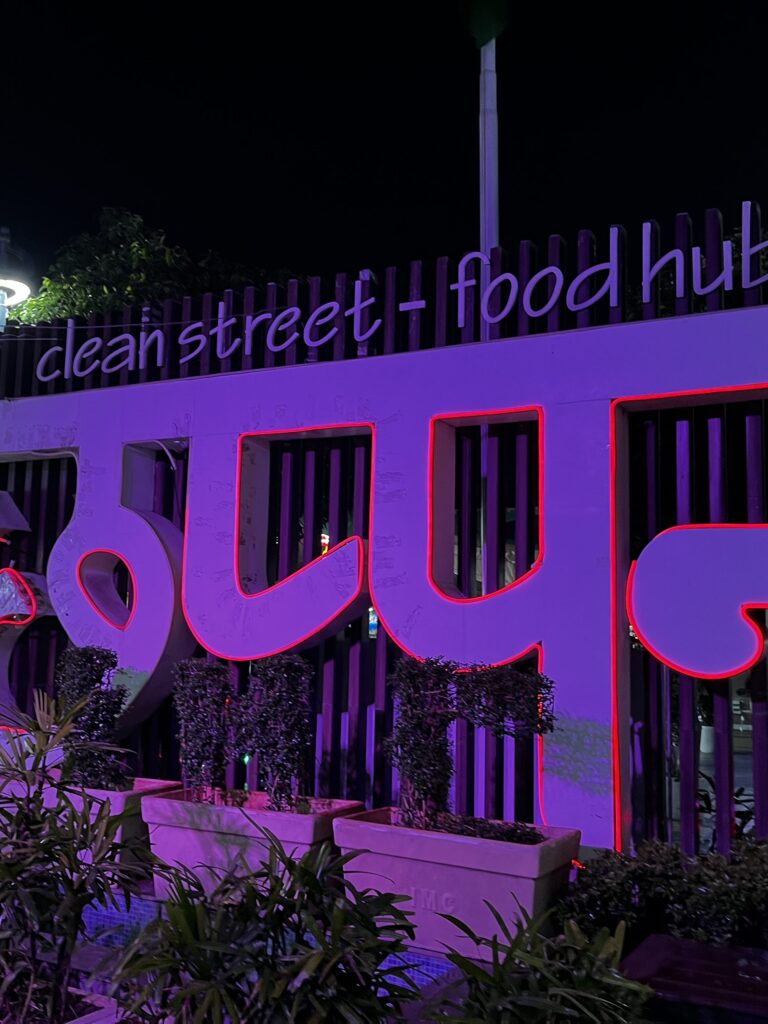

The next day was a journey into medieval ages of Malwa as we visited Dhar and Mandav, the important seats of the Khalji dynasty of Malwa Sultanate. Since the AC bus refused to depart owing to a technical problem, we had to sweat our way in a non AC bus to reach Dhar. Here we saw the beautiful Bhojshala built by Raja Paramara Bhoj as a Sanskrit school and Saraswati temple but later converted into a mosque by the Khaljis. Here I prayed to the Goddess of Knowledge in the form of Saraswati as she once must have stood in all her grandeur in that thousand pillared temple. But I also felt it to be my constitutional duty to pray to that same very Force in its formless form of qibla of the mosque as it today stands. From Dhar, we again took a bus to Mandav, this time quenching our hunger on palm blackening “singhadas”. At Mandav we marvelled at the Rani Roopmati Pavillion, Jahaz Mahal, Hindola Mahal and several other historic tombs, palaces and royal baths of the Khaljis of Malwa. By the way, squirrels in Mandav, were extraordinarily bold, attacking us to have food from our bags. Later that evening we were compelled to take a taxi to Maheshwar in order to save our time and energy.



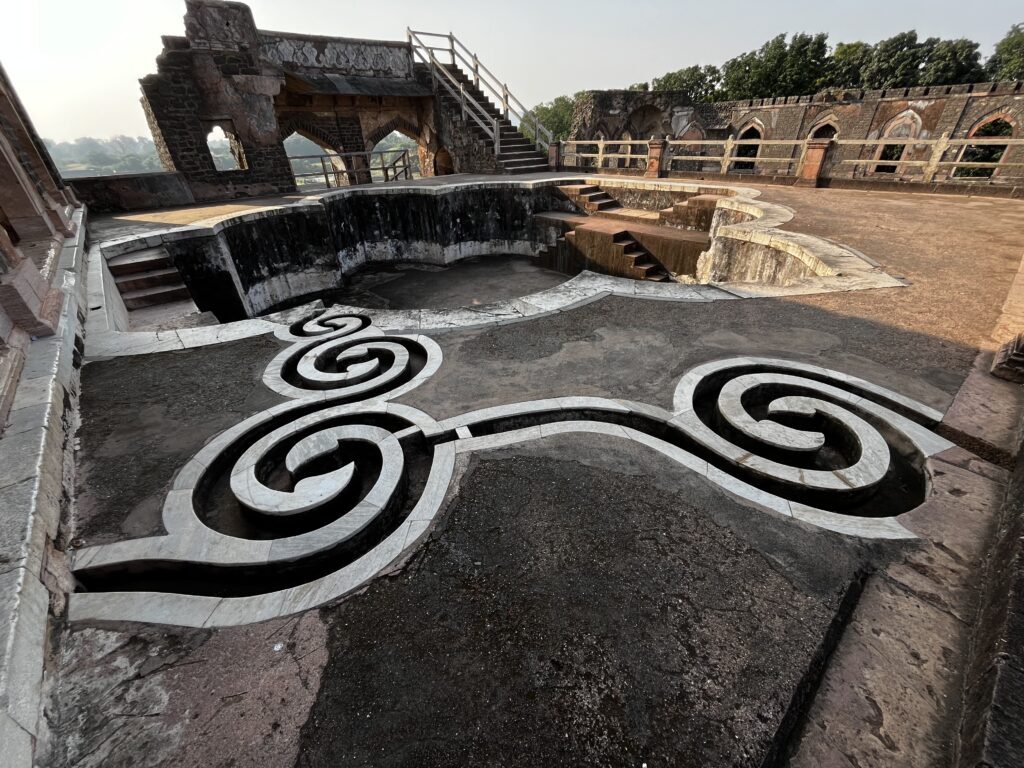



Maheshwar was probably the cutest eye candy I visited during the course of this tour. Devi Ahilyabai Holkar patronised construction of this riverside town carved ingeniously from black basalt and grey sandstone rocks. Detailed stone friezes and low relief works decorate the ghats that ascend from the Narmada. Atop the ghats, is a high rising stone wall beautified by intricate carvings of dwarpals, gandharvas and gods. Inside this walled structure is the Holkar fort and court palace. On these banks is a Shiv temple, that is aesthetically the best temple I have ever been to. At Maheshwar, we participated in the Narmada Aarti, took a boat ride along the flowing river waters, and enjoyed an authentic Malwa delicacy dinner at a locally famous bhojanalay. I also took a holy dip into Narmada ji and had a good swim at Maheshwar while Adesh sat on the banks probably thinking what kind of an idiot Animish is!
Visible from Maheshwar, on the opposite banks of Narmada, is the famous village of Navdatoli where copper age (2000 BC) archeological artifacts, specimens and houses were excavated. We tried to visualise our Chalcolithic ancestors farming the Narmada flood plains with copper tools to make a living along these banks. And with this we set out for our next stop.










Then we came to Omkareshwar where we had to survive a near stampede to have a 10 second darshan of the jyotirlingam. Adesh was extremely furious at the utter mismanagement of crowd here and has vowed to not revisit Omkareshwar unless given the charge of DM with the responsibility to redevelop and organise this pilgrimage site. However, the recently inaugurated Statue of Oneness of Adi Shankaracharya atop the hill here was a pleasure to view. We also stopped to take a look at the Omkareshwar Dam, dams according to Nehru were to be the true temples of the independent India.
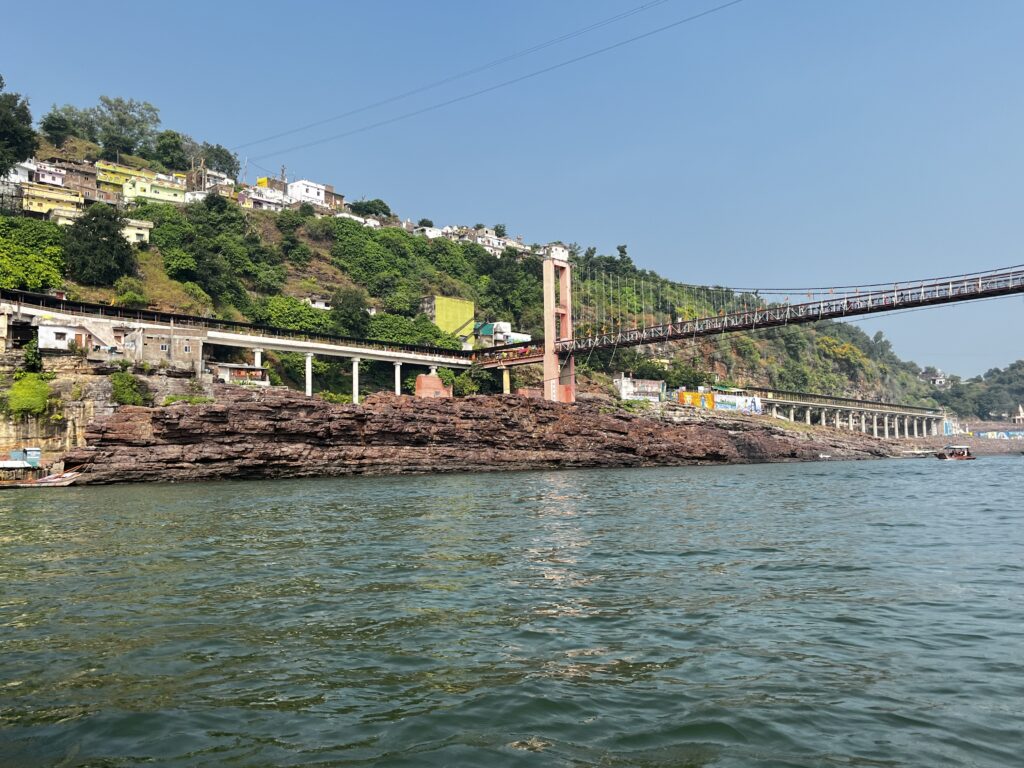


Next stop was Bhopal. Here we spent our morning lunching at Bhopal Express Restaurant, a novel concept wherein the restaurant is designed like a train coach. This was a treat I hosted for Rishabh Sharma, a newly minted GST inspector and my batchmate from IISER, who had come to visit me here after a no see for 5 long years. We spent the afternoon studying the numerous sculptural and archeological specimens housed in the Bhopal State Museum. In the evening we clicked several dozen of photos in the Tribal Museum of Bhopal whose mesmerising interior designing makes for a perfect place to have picturesque instagram clicks. Tired and exhausted we walked along the banks of Bhoj Taal, a Ramsar site, and then walked by the Moti Masjid. We had to pop pain killers and paracetamols that night to get over the physical exhaustion of walking over 15 kms every day for the past week or so in the course of our sight seeing.
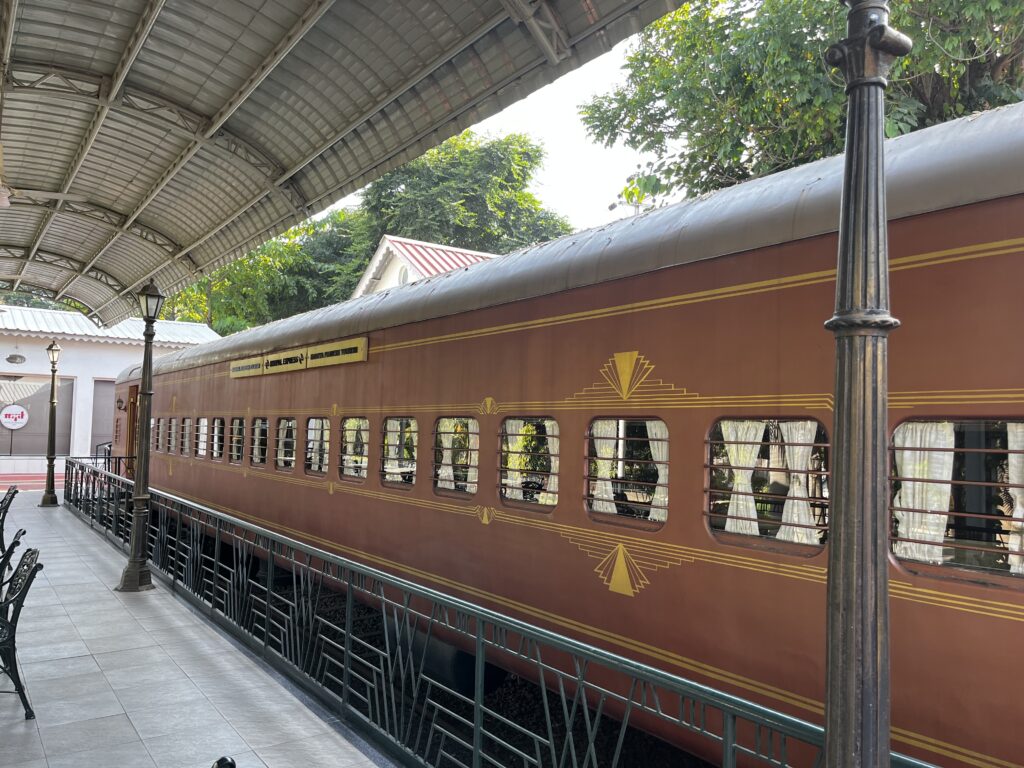





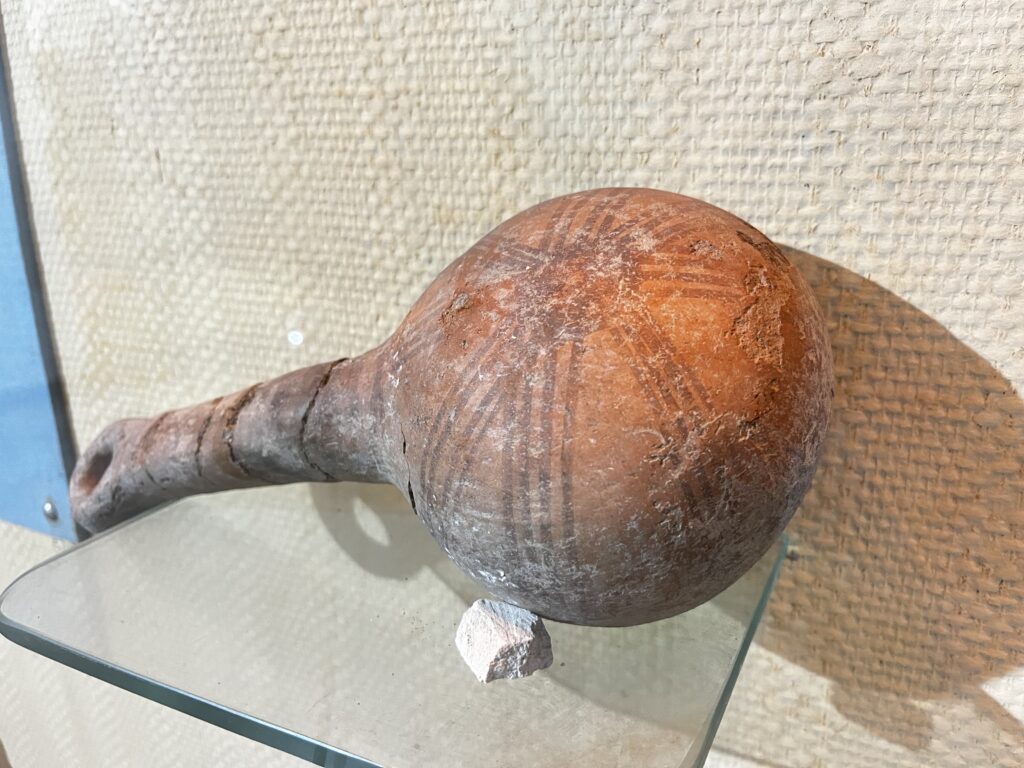



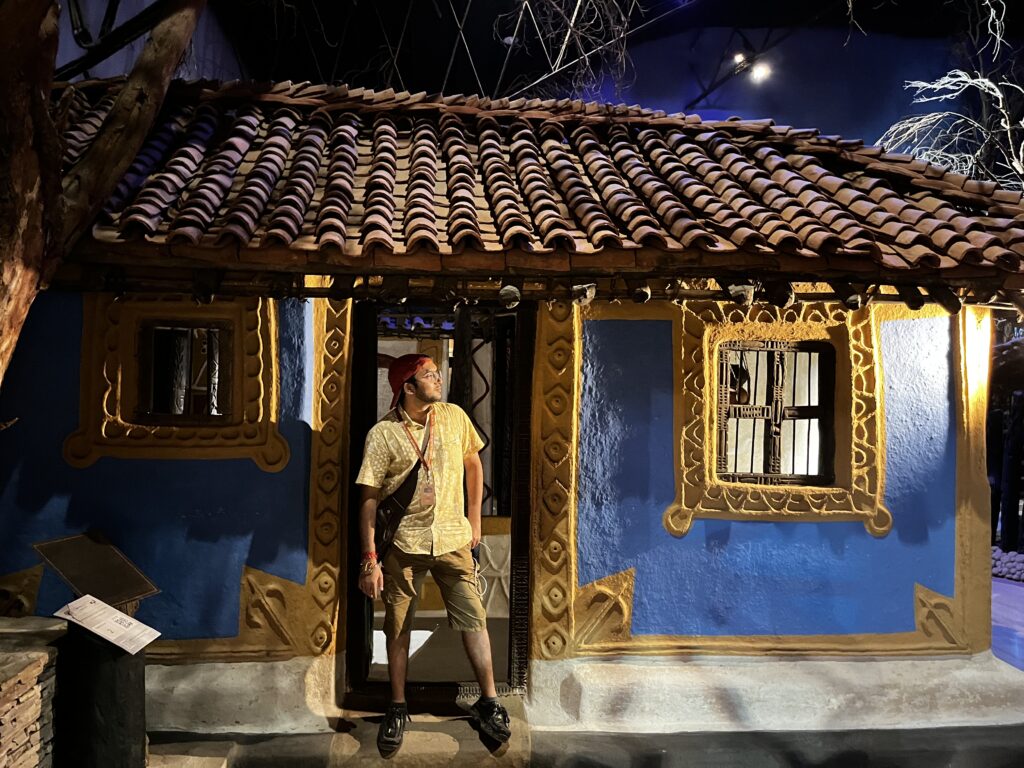

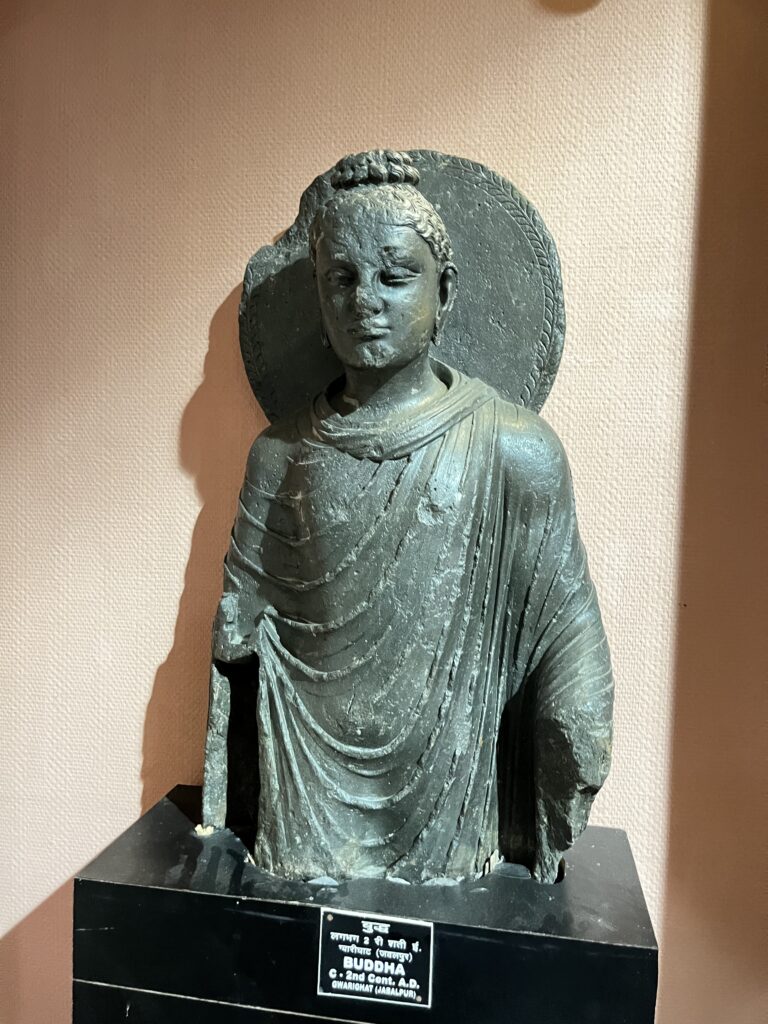

Nonetheless we braved ourselves to reach the UNESCO world heritage site of Bhimbetka Caves the next day. Here we searched carefully to find every painting we could remember studying in the NCERTs during the course of our prep. It was delightful to find the proto Nataraja, the Horse, the dancing stick figures, the warriors, the hunters and the Bison, all staring at us in awe. For even they had waited for over 2 years to finally meet us in person beyond the textbook pages. How could the stone age Bhimbetka dweller know of and paint a horse in such detail if we believe that this animal was entirely absent in India until iron age Aryan migrations brought it with them here? This is called the Bhimbetka mystery of the Horse and remains a great puzzle in comprehending the geographical origin of Aryans and their Indo European language cluster.
From Bhimbetka, we visited Bhojpur, the capital city built by Raja Paramara Bhoj in the 11th century AD. Here, a multistoreyed tall Shiva lingam and an incomplete temple structure is an excitement to observe. We then crossed the Tropic of Cancer and reached Sanchi to rest for the night here.









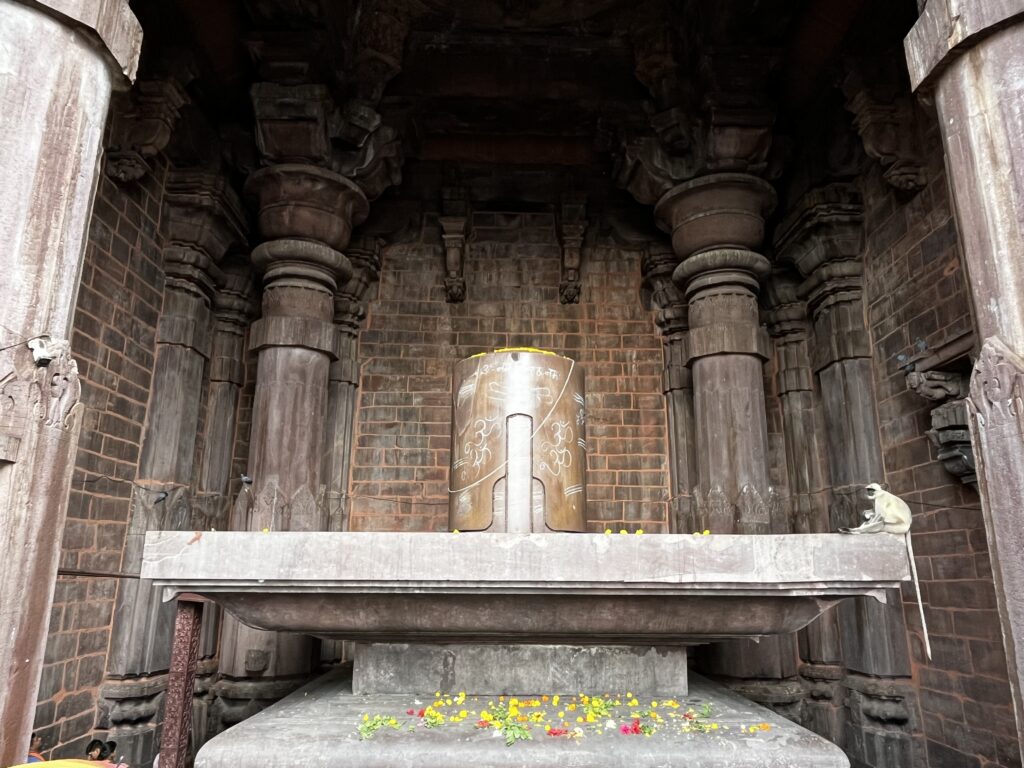
In the morning, we were flabbergasted to look at the extremely tall and well adorned Sanchi Stupa, which was taller beyond our expectations. Also found here is temple number 17 of Gupta period, which is considered an earliest milestone in the evolution of Hindu temple architecture in India. We were fortunate enough to meet a group of history students who could read Pali in Brahmi script inscribed all over the stupa. Finally we clicked pictures with the Ashoka stambha and the official emblem of the Union of India. We had so dearly expected for the Reserve List to be published while we were here, but we abided by Lord Buddha’s message and held our expectations in rein.





From Sanchi we took a rickshaw to nearby Udaigiri which is a Hindu/Vaishnava cave patronised by Chandragupta II in 401 AD. Here is the classic Varaha Avtar relief panel and a murti of reclined Vishnu. Iron pillar taken to Mehrauli by the Mughals, is suspected to have originally stood at Udaigiri. Also nearby is a small village of Besnagar where stands the Heliodorus Pillar erected in worship of Vasudev Krishna, God of the gods. Today, the pillar itself has assumed the form of a god or object of worship and is revered locally as the “Khamb baba”. Forward, we arrived into Vidisha nagari, the ancient city that is lucidly described by Kalidasa in his magnum opus, the Meghaduta. In Vidisha, we also saw the Vijay Mandal, which was once a sky scrapping temple consecrated for the Goddess of Victory, but reduced to a rubble by the Aurangzeb in medieval times.






Next day we were in Khajuraho, appreciating in the temple sculptures the openness of the Indian way of life towards Kama, pleasure, as being an essential component of a wholesome life. Apart from the erotic figures on the temple walls, there are several engineering marvels in Khajuraho temples. For example, a flashlight like reflection of the sun rays shines on the murti in the garbhagriha of each temple at every hour of the day. Moreover, the lighting and sculpting is so optimised such that the observer sees a mirage of a water reflection of the murti on the floor of the garbhagriha.
Next day we took an early morning rickshaw to Panna. Thanks to the Adesh’s ex roommate from IIT, Mr Shubham Kumar, who is now a Forest Officer, we could get last minute tickets for the wildlife safari in Panna Tiger Reserve. Here we were welcomed by two magnificent Royal Bengal Tigers in their full glory and glamour. Although Adesh did not pray at any other temple, his spiritual connect with nature was displayed when he spontaneously joined his hands in admiration and respect upon seeing the first tiger that day. Ours was the luckiest and the only safari jeep to have a sight of two tigers that morning.




Typical Nagar Style of Temple Architecture







At Panna, Adesh and I bid goodbyes, as Adesh took a train back home to Indore, while I proceeded onwards to Chitrakoot, Prayagraj and Varanasi. However, while waiting for our respective trains at the Panna/Khajuraho station, we had to face an ethics case study in real life. In Adesh’s words, it was a test from destiny to check if we really stand by our morals or chicken out in the face of danger. That story someday later.
At Chitrakoot I visited three important places: 1) Chitrakoot Mountain Trail = where Lord Rama spent most of his 14 years of vanavasa, 2) Atri Rishi and Mata Anusuya Ashram, 3) Mandakini River Ghats, and 4) Gupta Godavari Karst Landforms.








While my bus was crossing the Yamuna bridge on the evening of 25th October 2024 on my way to Prayagraj, UPSC published the much awaited Reserve List, opening the doors for me (as well as Adesh) to a life of good and sincere public service.
In Prayagraj, I visited: 1) Triveni Sangam = of Ganga, Yamuna and Saraswati (assumed to be in invisible form), 2) Allahabad Museum, 3) Alfred Park = where Chandrashekhar Azad ji had his final gunfight with the British, 4) Swaraj and Anand Bhavan palaces of Nehru family, 5) Allahabad Fort = place where Treaty of Allahabad took place in 1765 after the Battle of Buxar, 5) Prayagraj Ashoka Pillar = which has inscriptions of Ashokan edicts, Prayagraj Prashasti of Samudragupta by poet Harishena, Jehangir’s inscription describing the Mughal lineage, Birbal’s inscription.
Despite trying to look at it neutrally, the luxurious real estates and preserved historic belongings of the Nehru family at Swaraj and Anand Bhavan gave a vibe of an extravagantly rich politician who maintained such privileged lifestyles at a time when motherland was under oppressive foreign yoke, millions were dying in famines and freedom fighters were ready to swing at the gallows for freedom. But who are we to judge?


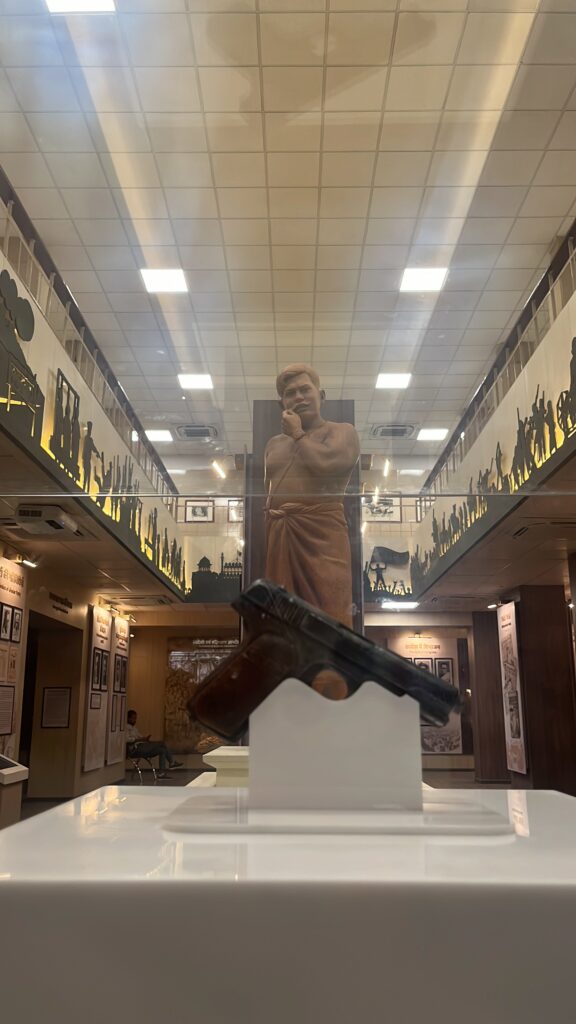
Allahabad Museum




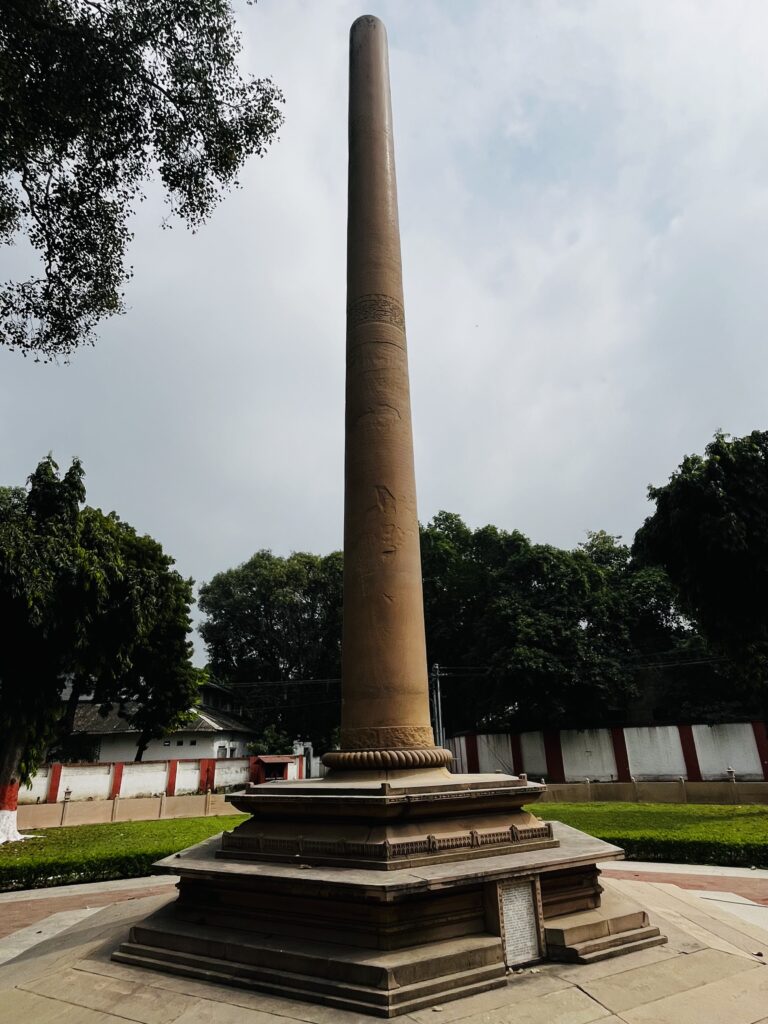

Finally, I reached the last destination of my pilgrimage, Varanasi. Here I started with a darshan of the three prime deities, namely Kaal Bhairav, Shri Kashi Vishweshwar and Maa Annapurna. I sat on the banks of Gangaji at the Dashashwamedh Ghat singing “Ganga Lahari” penned by Poet Jagannatha Pandit. Then I embarked on a walk along the ghats from Dashashwamedh Ghat to Assi Ghat. I spent the evening on Tulsi Ghat listening to Tulsidas Bhajans and talking to Babas and Sadhus meditating on the banks. I also witnessed the famous Ganga Aarti at Assi Ghat. Apart from this, I enjoyed the famous Kashi Chaats and Malai Lassi. In the nearby Sarnath, I was wonderstruck by the original 4 Lion Ashoka Emblem preserved in its perfect Mauryan Polish. The stupas in the Sarnath Deer Park where Lord Buddha gave his first sermon, “the Dharma Chakra Pravartana Sutra“, were equally astonishing. Additionally, I also visited some lesser known but historico culturally important places in Kashi such as the residence of Bharat Ratna Ustad Bismillah Khan, birthplace of Kabir ji, birthplace of Ravidas ji, birthplace of Rani Lakshmibai, Kashi Vidyapeeth by Mahatma Gandhi, Benares Hindu University by Madan Mohan Malaviya, Sanskrit College by Jonathan Duncan etc.











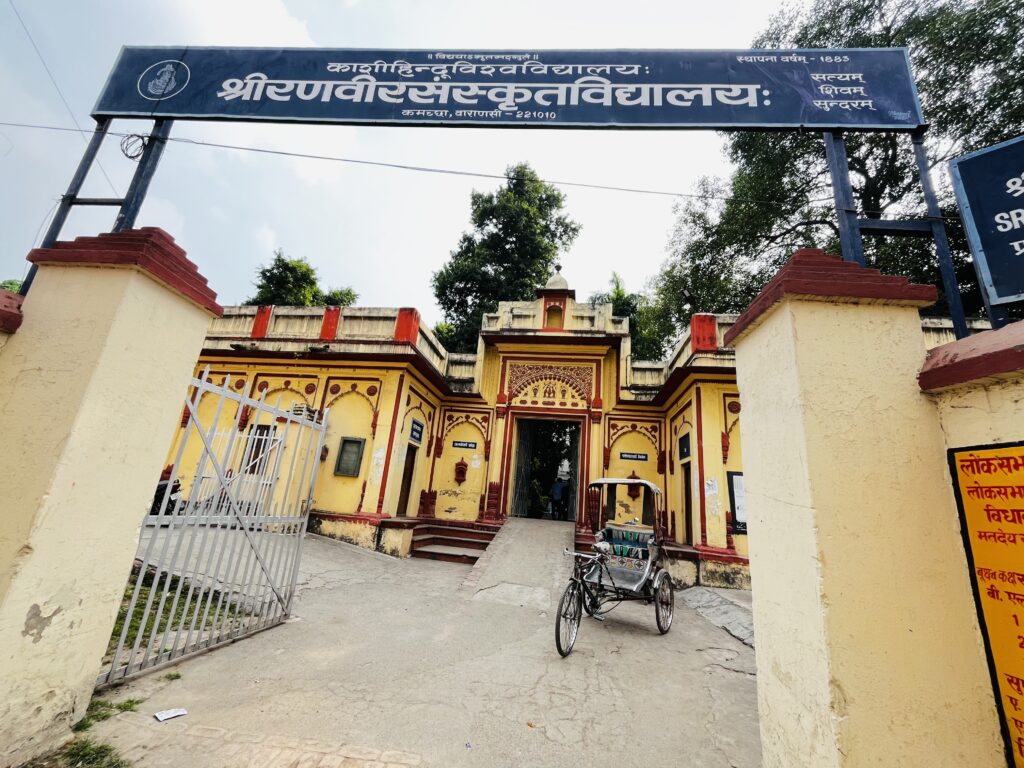


On a side note, while strolling on the Harishchandra Ghat in Varanasi, I came across a half burnt pyre. It moved me into a meditative and introspective mood. I wondered about the fickleness of all that I am or am aspiring to become. My newly minted “Class I, Group A” ego came rolling down. I have become this. I want to become that. And I will become that. And yet in the end, I will be no one. Then perhaps I always was “no one”, only trying to run away from this truth, in search of a temporary psychological solace of having become someone!


Finally, just like we had started our pilgrimage with a visit to the Bharat Mata Mandir of Ujjain, I found it fit to end my pilgrimage by paying a visit to the Bharat Mata Mandir in Varanasi. And thus I returned home from this cultural and spiritual Bharat Darshan on 31st October, the 1st day of Diwali, to be greeted merrily by my family and friends in the joy of having become an officer, a civil servant of India, that is Bharat.


Sarnath Museum
